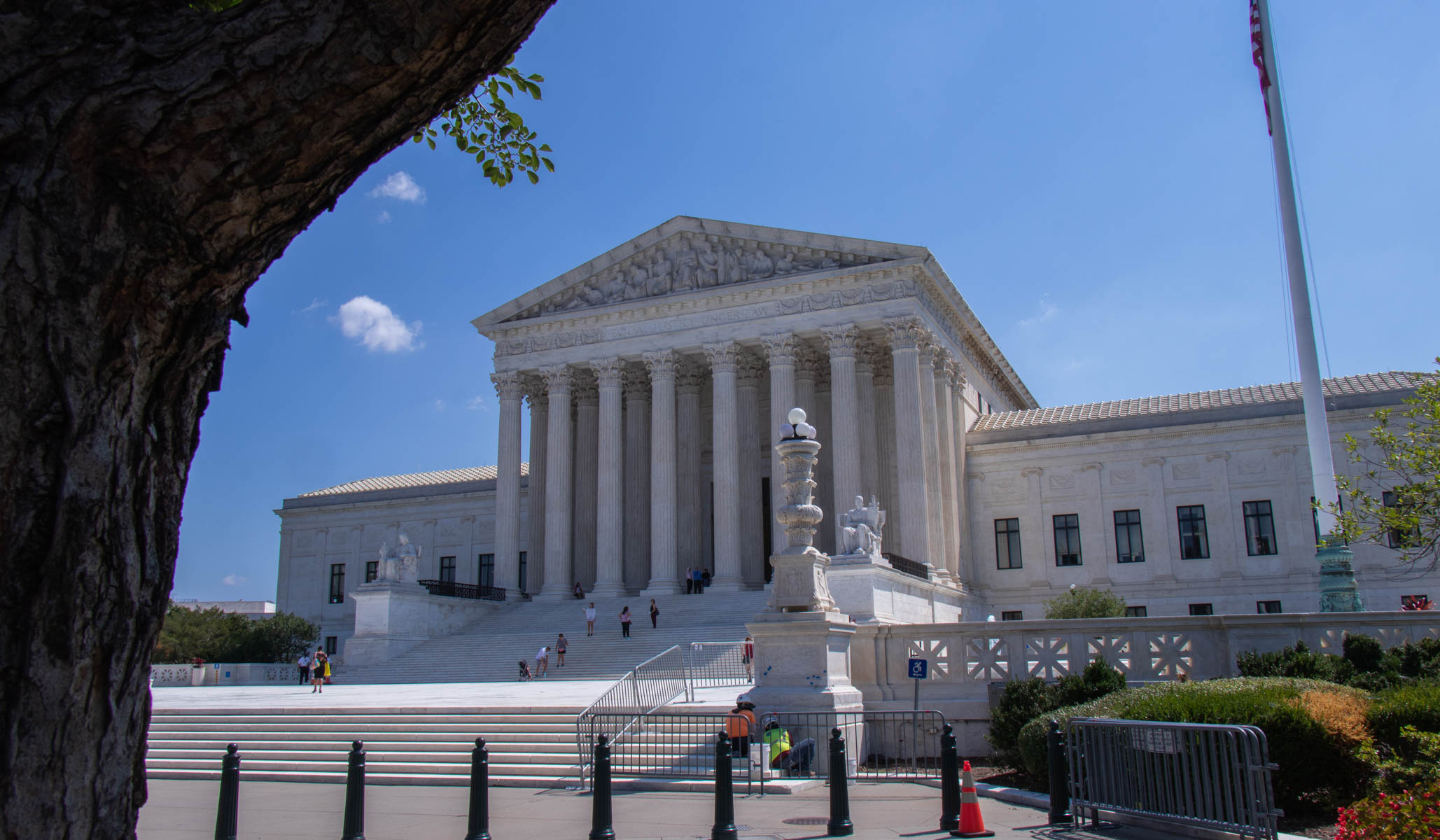A month ago, I explained how law professor Aaron Tang’s long article titled “The Originalist Case for an Abortion Middle Ground” badly botched originalist methodology, and I highlighted the showing by law professors John Finnis and Robert P. George that Tang also badly botched his history. Tang has now turned his confusion into a Washington Post op-ed (“A middle ground on abortion that originalists should embrace”), so I will apply the same two-part treatment to his op-ed:
1. Let’s start with the (unwarranted) assumption that Tang has his history right—that is, that “just 16 of 37 states prohibited abortion throughout pregnancy when the 14th Amendment was ratified” and that “every single state recognized the lawfulness of pre-quickening abortion at the founding.” Tang would have you think that that means that there was in 1868 a “substantial consensus of states” that “continued to embrace this deeply rooted tradition” of lawful pre-quickening abortion and that this supposed consensus should compel originalists to conclude that a right to pre-quickening abortion is protected by the Fourteenth Amendment.
By Tang’s tally, a bare majority of states (21 of 37) supposedly recognized the lawfulness of pre-quickening abortion in 1868, when the Fourteenth Amendment was adopted. Tang can cite no originalist for the proposition that such a sharp divide somehow suffices to show that a right claimed to be protected by the Fourteenth Amendment is “deeply rooted in this nation’s history and tradition.” On the contrary, Tang’s concession that there were 16 states in 1868 that prohibited abortion from conception resoundingly defeats such a claim.
(I’ll also note that a genuine state-law consensus, while necessary to establish that a right is “deeply rooted in this nation’s history and tradition,” certainly isn’t sufficient to do so. If no states had ever had laws against spitting in public when the Fourteenth Amendment was ratified, that would hardly mean that there is a constitutional right to spit in public.)
2. Finnis and George have in any event demolished Tang’s historical claims. In an exhaustive state-by-state account, they show that at the time the Fourteenth Amendment was adopted 28 of the 37 states had enacted prohibitions on abortion from conception that superseded the common-law prohibition.
Further, Finnis and George explain that while pre-quickening abortion was not indictable at common law, that does not mean that it was regarded as a right. A pre-quickening abortion that accidentally resulted in the death of the mother or in the death of the child after expulsion from the womb alive was chargeable as murder. In addition:
Other legal penalties applicable to all abortion activity and preparation included: the voidness for illegality of all contracts for abortion services; the liability of every place used for abortion to summary closure as a disorderly house, on pain of criminal penalty for non-compliance; the criminality of advertising or publicly offering abortion services so described; the threat of indictment for conspiracy in relation to any of these activities. Nothing of the sort could apply to activity that truly was regarded as a right.
Finnis and George also argue that “quickening” at common law may well have referred to “animation” of the unborn child at six weeks’ gestation rather than the mother’s perception of her child’s movements, which usually occurred at 15 or 16 weeks.
(Tang’s shaky grasp of the common law is further illustrated by his assertion that when Justice Scalia dissented from the Court’s ruling in Lawrence v. Texas (2003) that there is a constitutional right to homosexual sodomy, “his reason was that at the time the 14th Amendment was ratified in 1868, only five of the 37 states in the union permitted the practice.” There were in fact no states that “permitted the practice.” Thirty-two states had enacted criminal statutes that superseded the common-law prohibition on sodomy, while the other five states retained the common-law prohibition. As the passage from Bowers v. Hardwick (1986) that Scalia quotes goes on to say, “In fact, until 1961, all 50 States outlawed sodomy….”)
* * *
There is in fact an originalist “middle ground” on abortion, but it is far different from what Tang imagines. The actual middle ground—the dominant position among originalists—is that the Constitution does not generally speak to the matter of abortion but instead allows states broad leeway to prohibit or regulate it, on the one hand, or to permit it and even promote it, on the other.

